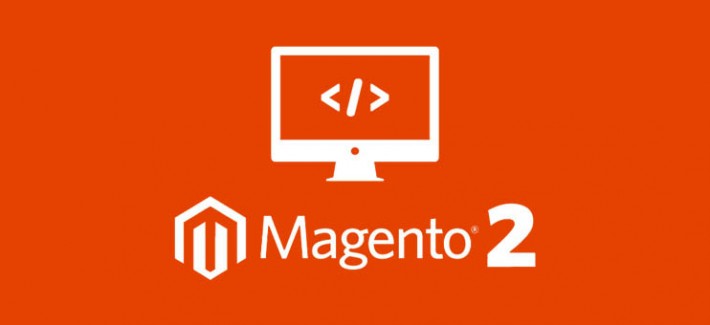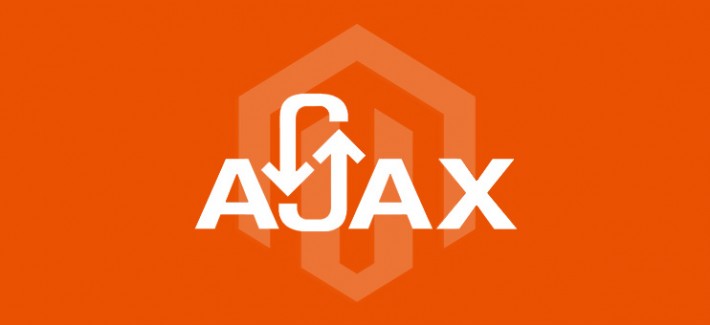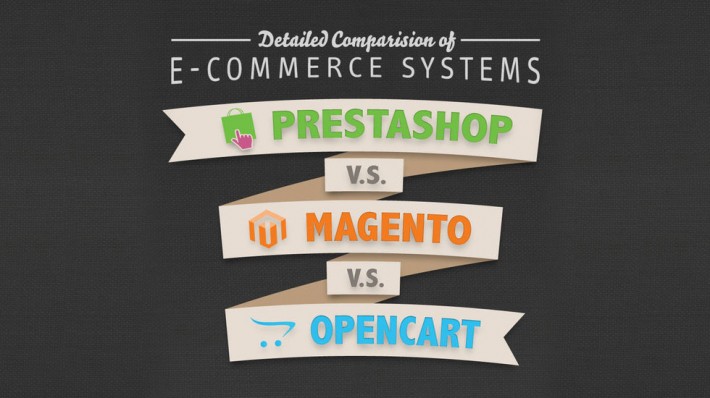Magento 2 is released and sooner or later you will need to move your current old Magento store to the latest Magento 2 platform. In this article we gathered a set of recommendations and strategies, which will be helpful during migration planning and implementation.
It is important to create and optimize the robots.txt to make your Magento store secure and improve SEO.
The robots.txt (“robots dot text”) is a text file that help Search engine robots (such as Google bot and Bing bot) to determine which information to index. By default there is no robots.txt in Magento Community or Enterprise distributive so you should create it yourself.
How robots.txt will improve your Magento?
This is just a few use-cases of robots.txt usage, so you will get a better idea why it is so important:
- The robots.txt will help you to prevent duplicate content issues (it is very important for SEO).
- It will hide technical information such as Errors logs, Reports, Core files, .SVN files etc from unexpected indexing (hackers will not be able to use Search engines to detect your platform and other information).
Robots.txt installation
Note: The robots.txt file covers one domain. For Magento websites with multiple domains or sub-domains, each domain/sub-domain (e.g. store.example.com and example.com) must have its own robots.txt file.
Magento Community and Magento Enterprise
Installation of robots.txt is easy. All you need is to create robots.txt file and copy the robots.txt code from our blog. Next, upload the robots.txt to the web root of your server, for example here: example.com/robots.txt.
If you will upload the robots.txt to sub-folder, e.g. example.com/store/robots.txt in this case robots.txt will be ignored by all search engines.
Magento Go
Installation of robots.txt for Magento Go is described in this Knowledge Base article.
Robots.txt for Magento
Here our recommended robots.txt code, please read the comments marked by # before robots.txt publishing:
## robots.txt for Magento Community and Enterprise
## GENERAL SETTINGS
## Enable robots.txt rules for all crawlers
User-agent: *
## Crawl-delay parameter: number of seconds to wait between successive requests to the same server.
## Set a custom crawl rate if you're experiencing traffic problems with your server.
# Crawl-delay: 30
## Magento sitemap: uncomment and replace the URL to your Magento sitemap file
# Sitemap: http://www.example.com/sitemap/sitemap.xml
## DEVELOPMENT RELATED SETTINGS
## Do not crawl development files and folders: CVS, svn directories and dump files
Disallow: /CVS
Disallow: /*.svn$
Disallow: /*.idea$
Disallow: /*.sql$
Disallow: /*.tgz$
## GENERAL MAGENTO SETTINGS
## Do not crawl Magento admin page
Disallow: /admin/
## Do not crawl common Magento technical folders
Disallow: /app/
Disallow: /downloader/
Disallow: /errors/
Disallow: /includes/
Disallow: /lib/
Disallow: /pkginfo/
Disallow: /shell/
Disallow: /var/
## Do not crawl common Magento files
Disallow: /api.php
Disallow: /cron.php
Disallow: /cron.sh
Disallow: /error_log
Disallow: /get.php
Disallow: /install.php
Disallow: /LICENSE.html
Disallow: /LICENSE.txt
Disallow: /LICENSE_AFL.txt
Disallow: /README.txt
Disallow: /RELEASE_NOTES.txt
## MAGENTO SEO IMPROVEMENTS
## Do not crawl sub category pages that are sorted or filtered.
Disallow: /*?dir*
Disallow: /*?dir=desc
Disallow: /*?dir=asc
Disallow: /*?limit=all
Disallow: /*?mode*
## Do not crawl 2-nd home page copy (example.com/index.php/). Uncomment it only if you activated Magento SEO URLs.
## Disallow: /index.php/
## Do not crawl links with session IDs
Disallow: /*?SID=
## Do not crawl checkout and user account pages
Disallow: /checkout/
Disallow: /onestepcheckout/
Disallow: /customer/
Disallow: /customer/account/
Disallow: /customer/account/login/
## Do not crawl seach pages and not-SEO optimized catalog links
Disallow: /catalogsearch/
Disallow: /catalog/product_compare/
Disallow: /catalog/category/view/
Disallow: /catalog/product/view/
## SERVER SETTINGS
## Do not crawl common server technical folders and files
Disallow: /cgi-bin/
Disallow: /cleanup.php
Disallow: /apc.php
Disallow: /memcache.php
Disallow: /phpinfo.php
## IMAGE CRAWLERS SETTINGS
## Extra: Uncomment if you do not wish Google and Bing to index your images
# User-agent: Googlebot-Image
# Disallow: /
# User-agent: msnbot-media
# Disallow: /
Test your robots.txt
After robots.txt publication your can check its syntax using these on-line tools:
Further reading
Introduction
AJAX allows us to update parts of a web page, without reloading the whole page. It’s a good solution for the products listing page in Magento. We had successfully implemented this technology in our several projects, and now we glad to share with you our experience.
In this article we’ll explain how to implement AJAX for the products listing page in Magento, through the autoloading or load button.
How it will work?
Every time when you have scrolled container with products to the bottom, products from the next page will be loaded. Also we wanted to do the same but through the load button.
We didn’t wanted to reinvent the wheel and after some researches found an amazing and flexible jQuery plugin that fully satisfied to our requirements – Infinite Ajax Scroll.
Some magic
First of all if you don’t have a jQuery library in your project you need to include it. Download jquery.ias.min.js from here and put it in /skin/frontend/< your_package >/< your_theme >/js/. Also download css file from here and put it in /skin/frontend/< your_package >/< your_theme >/css/.
In your theme’s page.xml add following code(after jquery):
<action method="addItem"><type>skin_js</type><name>js/jquery-ias.min.js</name></action>
And add a stylesheets file to your project:
<action method="addCss"><stylesheet>css/jquery.ias.css</stylesheet></action>
It’s almost done! Open your project’s Javasript file (or create if you haven’t got the same) and add this:
jQuery(document).ready(function() {
jQuery.ias({
container : ".category-products",
item : "ul.products-grid",
next : "a.next",
pagination : '.pages',
loader : "<img src='/skin/frontend/default/default/images/opc-ajax-loader.gif' />",
triggerPageThreshold : 9999
});
});
Following code works fine in default Magento theme with default classes.

If you have other classes or some other structure please check documentation at github to see what each option means. Also rember that renaming default classes is not a good idea.
If you’ve done all as i described it should work fine.
Load more button variant
We can easily do the same but through a clicking on load button, this functionality provided in plugin. All we need to do is to change triggerPageThreshold option to 0.
triggerPageThreshold : 0
And there result is:

triggerPageThreshold – is a main option with which we can play with to get different Ajax experience. For example if you want a combined variant: first 3 pages are loaded with scroll event and then loading will be working through the button – you need to do this:
triggerPageThreshold : 3
Thank you for reading, hope this article was useful! If you have any questions or suggestions please leave a comment below.
Fonte
http://turnkeye.com/blog/loading-products-with-ajax/









